When we last touched on this topic, MotoGP was considering stricter regulations for their race series on behalf of the spoked mortality rates among young riders but had yet to release anything.
Now, a report from CycleNews has revealed the changes that Dorna Sports plans on making to protect the safety of racers on their track – and the changes apparently will include compulsory airbags.
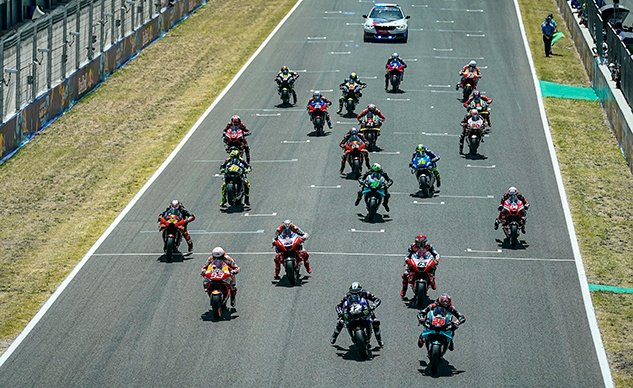
For those of you who don’t remember, the weekend of September 24-25 saw the unfortunate death of young WorldSSP300 racer Dean Berta Viñales (cousin of MotoGP rider Maverick Viñales) via an accident on the track.
This was the third death in the past five months (one in Moto3, one in the FIM Junior World Championship, and Viñales), and it happened on MotoGP’s turf – so naturally, the organization pulled back to consider an adjustment to race regulations.
“Discussions have also been ongoing to improve the quality of rider equipment, especially for chest and neck impacts, states the report.
“Plus, work is ongoing with technical suppliers on how to implement “near-instant warning systems” for riders when an incident happens ahead on track.”
“If there is a guy losing a 10th or two in the back section or even more, they can grab a slipstream – because it’s so prominent – and stay in the group and cause chaos,” admits Neil Morrison, a popular broadcaster for Dorna Sports MotoGP practice sessions.
“Something has to be done with the bikes and the tires (to spread the field out).”
The original press release from MotoGP also comments that the Permanent Bureau has worked closely for many years with all Road and Circuit Racing stakeholders, including IRTA and the MSMA, towards creating the safest sport possible.
Here’s the original press release’s more detailed breakdown of what exactly will be put in place, when.
2022 Age Limit Proposal
- The Talent Cups, which are organized and/or supported by Dorna, such as the European, British, Northern, and Asia Talent Cups, as well as pre-Moto3 series, will raise the minimum age to 13, and there will be a maximum of 30 competitors on each grid.
- The minimum age for competitors in the Red Bull MotoGP Rookies Cup will be raised to 14.
- The FIM Moto3 Junior World Championship in the FIM CEV Repsol will see the minimum age limit raised from 14 to 15. A maximum of 32 competitors will be permitted in each race.
- In the WorldSSP300 class in the Motul FIM Superbike World Championship, the minimum age limit will be raised from 15 to 16. A maximum of 32 riders will be allowed to line up on the grid.
- For the 2022 season, there will be an exception granted for riders who have already entered in the same class in 2021 to allow them to continue to race.
2023 Age Limit Proposal
- A minimum age of 14 should be applied to all racing at any Grand Prix-type circuits, including all those that have or have had Grade A, B, or C homologation, which will include the Asia, British, European, and Northern Talent Cups.
- The minimum age for competitors in any class in the FIM MotoGP World Championship will be raised to 18. This includes for Moto3 and Moto2, for which the age limit is currently 16.
- The winner of the FIM Moto3 Junior World Championship and/or the Red Bull MotoGP Rookies Cup will be allowed to join Moto3 at 17 years of age. For the 2023 season only, there will also be an exception granted for riders who have already entered Moto3 in 2022 to allow them to continue to race.
- The FIM Moto3 Junior World Championship and the Moto2 European Championship, both in the FIM CEV Repsol, will have a minimum age limit of 16. The Red Bull MotoGP Rookies Cup will also increase the minimum age by one more year to 15.
- With the same philosophy as that applied in 2022 (for riders who have already competed in 2021), an exception will be granted to riders already participating in the Talent Cups in 2022 to allow them to continue to race in the same class in 2023.
- The minimum age for competitors in the WorldSSP Championship will be raised to 18.
Rider Safety and Equipment
- From 2022, airbags will be compulsory in all Sprint Circuit Racing FIM championships.
- For the FIM Sidecar World Championship, tests are underway to determine whether the known algorithms are valid for passengers. These tests will make it possible to know whether the airbag can be used by all participants from 2022.
- Rider safety equipment has improved significantly throughout the decades and continues to do so thanks to improvements across the industry, from leathers, gloves, back, and chest protectors and boots to FIM homologated helmets and innovative airbag systems. It has never been safer to ride a motorcycle at speed, and these improvements help to protect a rider from injury, in many instances helping to save lives whilst not compromising rideability, which is also intrinsic to on-track safety.
- A first meeting took place at the Aragon GP between all partners, including leather and helmet suppliers, technical staff, and medical personnel, on the next step towards improving the level of protection afforded by rider equipment, with increased focus on protecting competitors against an impact from another rider or motorcycle, particularly the chest and neck.
- All parties are committed to making improvements in these areas and meeting this challenge as safely and as quickly as possible whilst ensuring the high level of current protection is not compromised.
Rider Communication
- The ease and speed of communication between riders, pit wall, and Race Direction has improved significantly in recent years, with dashboard technology, high-tech light panels at circuits and instant channels of communication between marshal posts and Race Direction all contributing to a safer environment for all competitors.
- The next step to increase the safety of all those on track will focus on communicating to a rider or bike that a crash has taken place ahead as soon as possible.
- A first meeting between all partners and technical suppliers has already taken place in order to discuss the installation and implementation of the required technology in rider equipment, on motorcycles and/or around each circuit, the aim of which is to implement automatic, near-instant warning systems for all following riders/motorcycles. The first tests will start as soon as the beginning of the 2022 season, and the system must and will be applicable to Championships of all levels, including Talent Cups.
Our hats off to Dorna Sports for taking matters so seriously. We will see if these adjustments make any improvement for the next season; in the meantime, make sure to check out other news in from MotoGP – and as always, stay safe on the twisties.


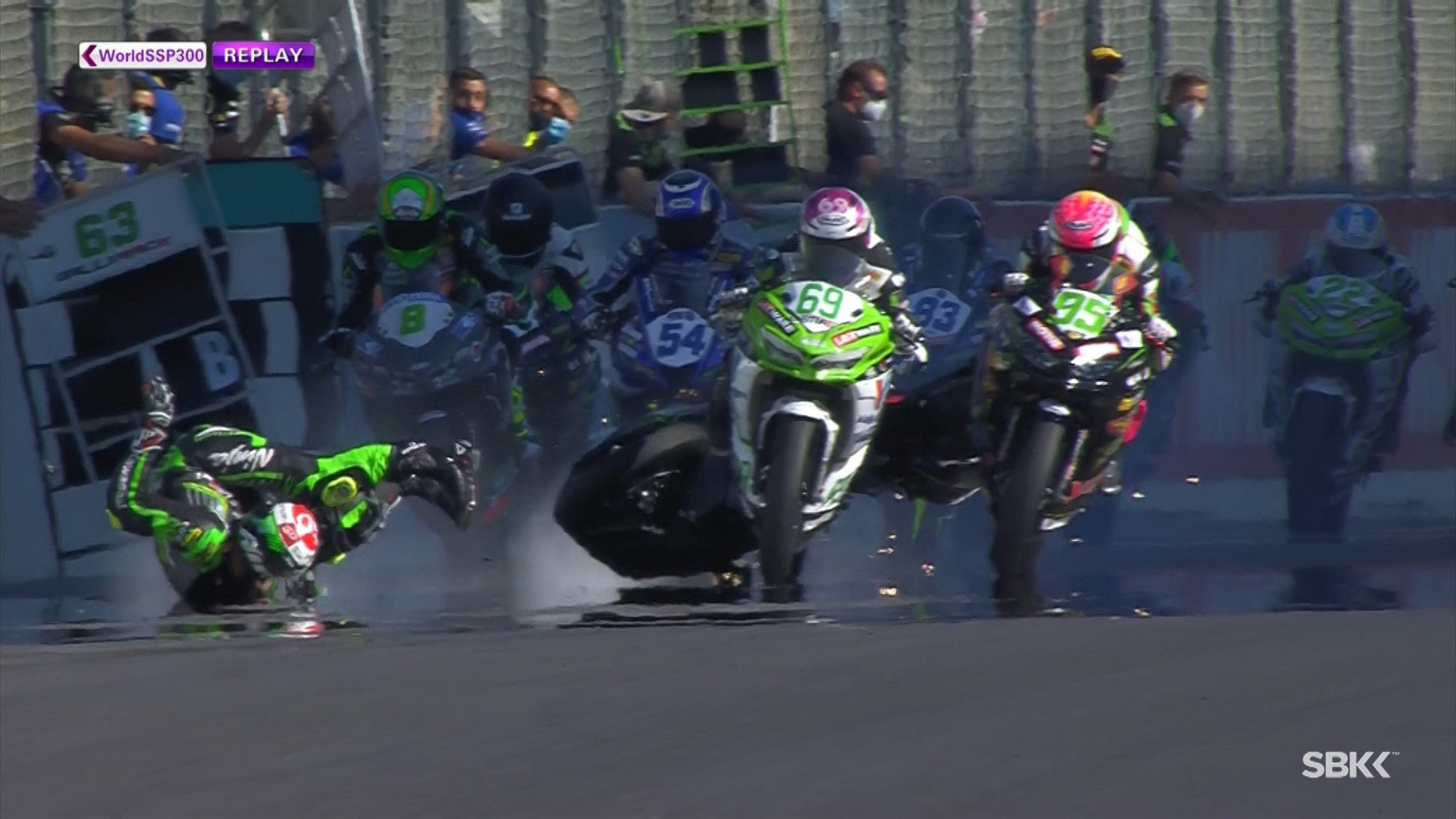
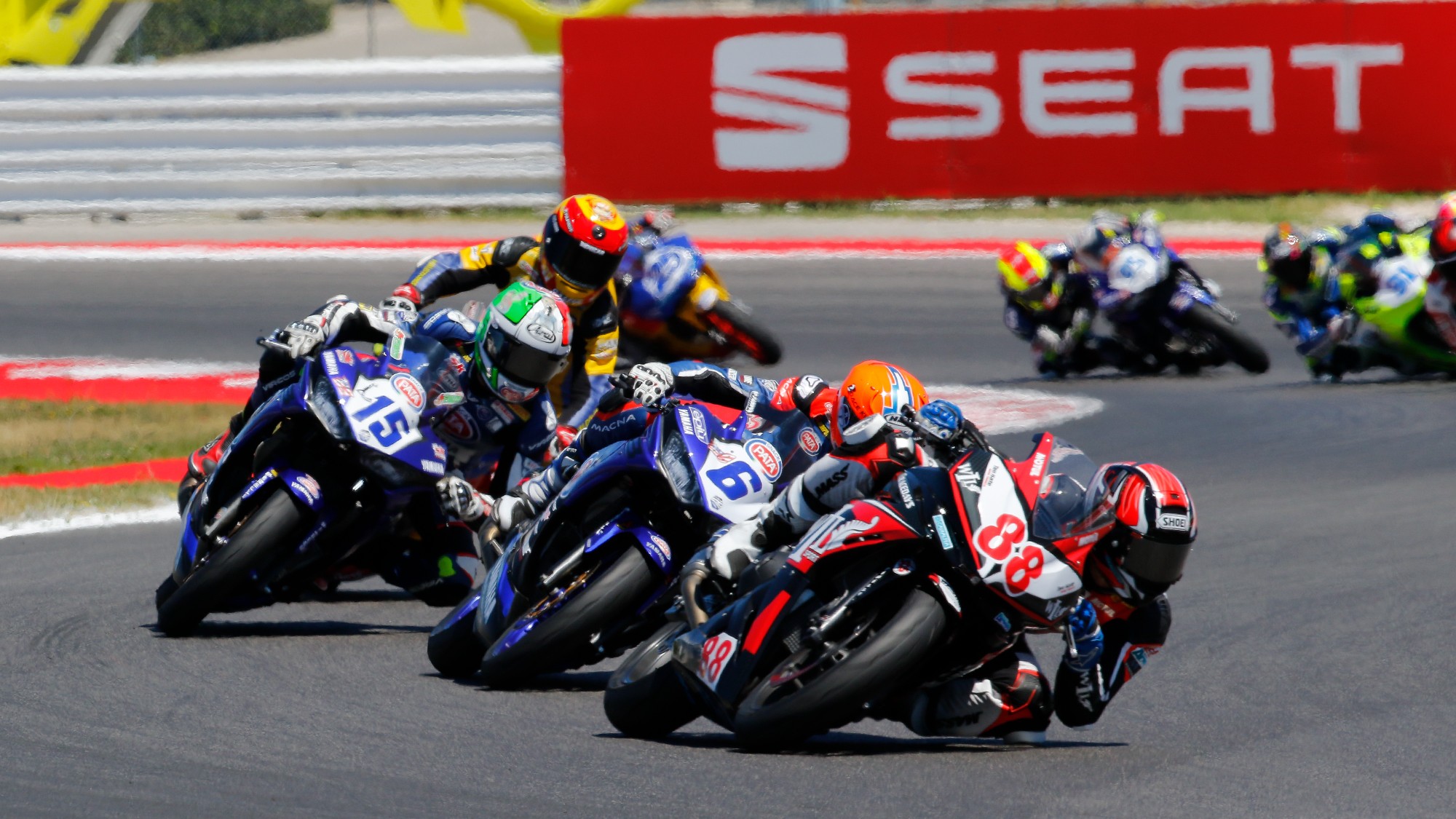
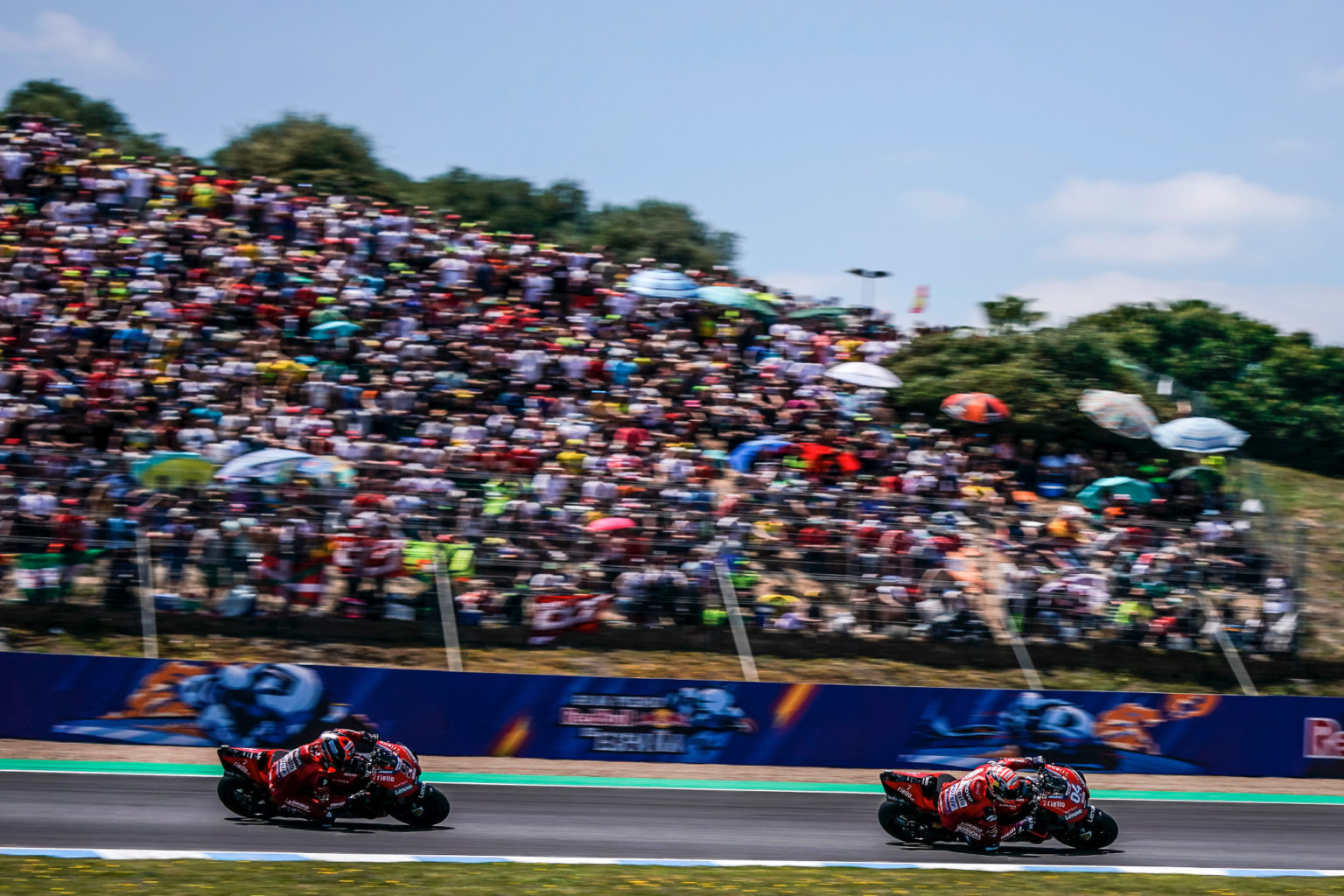
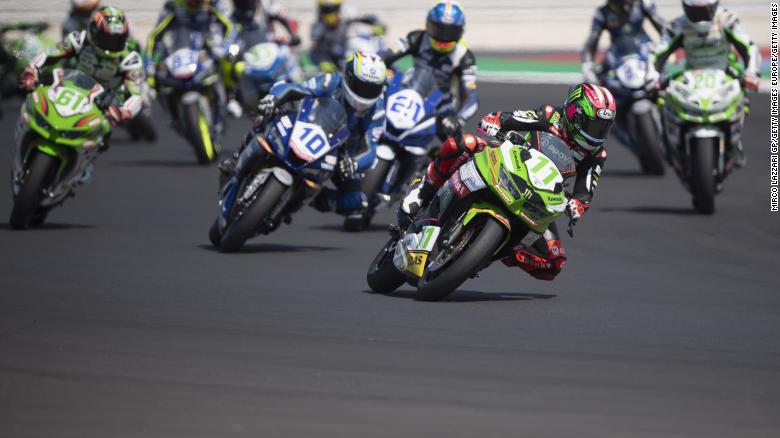
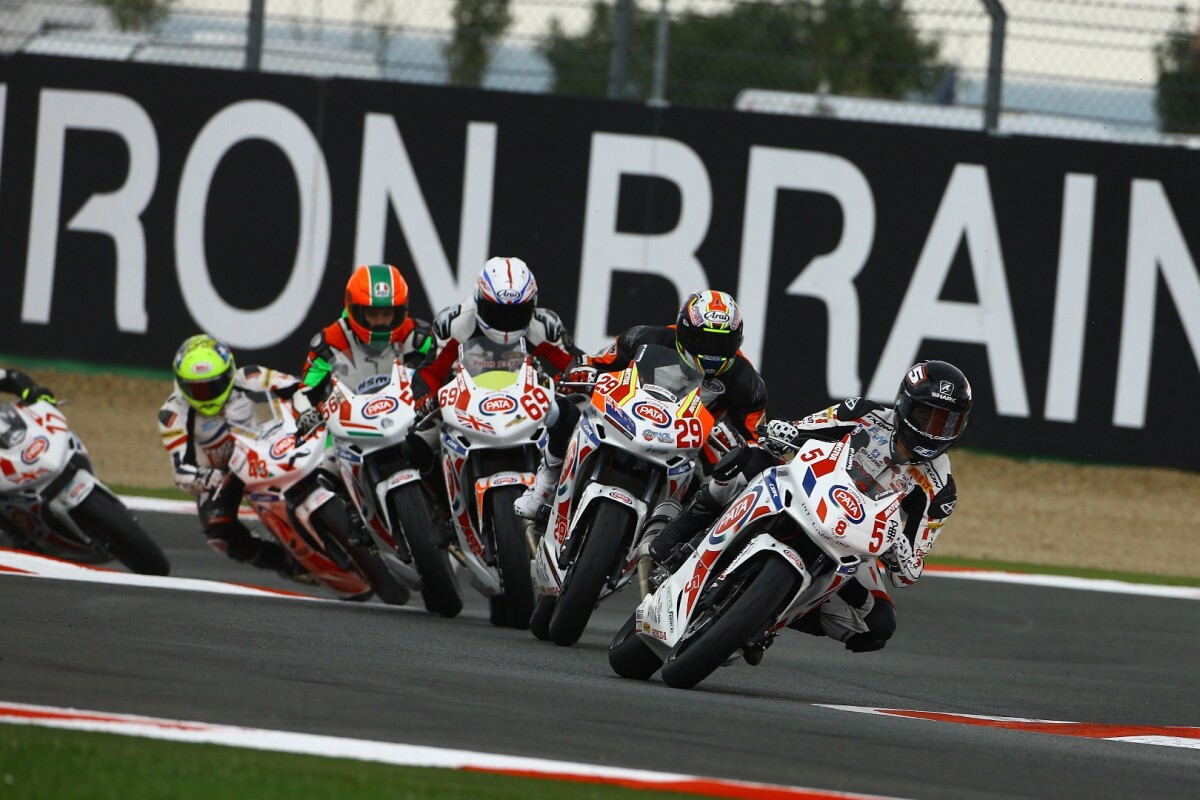
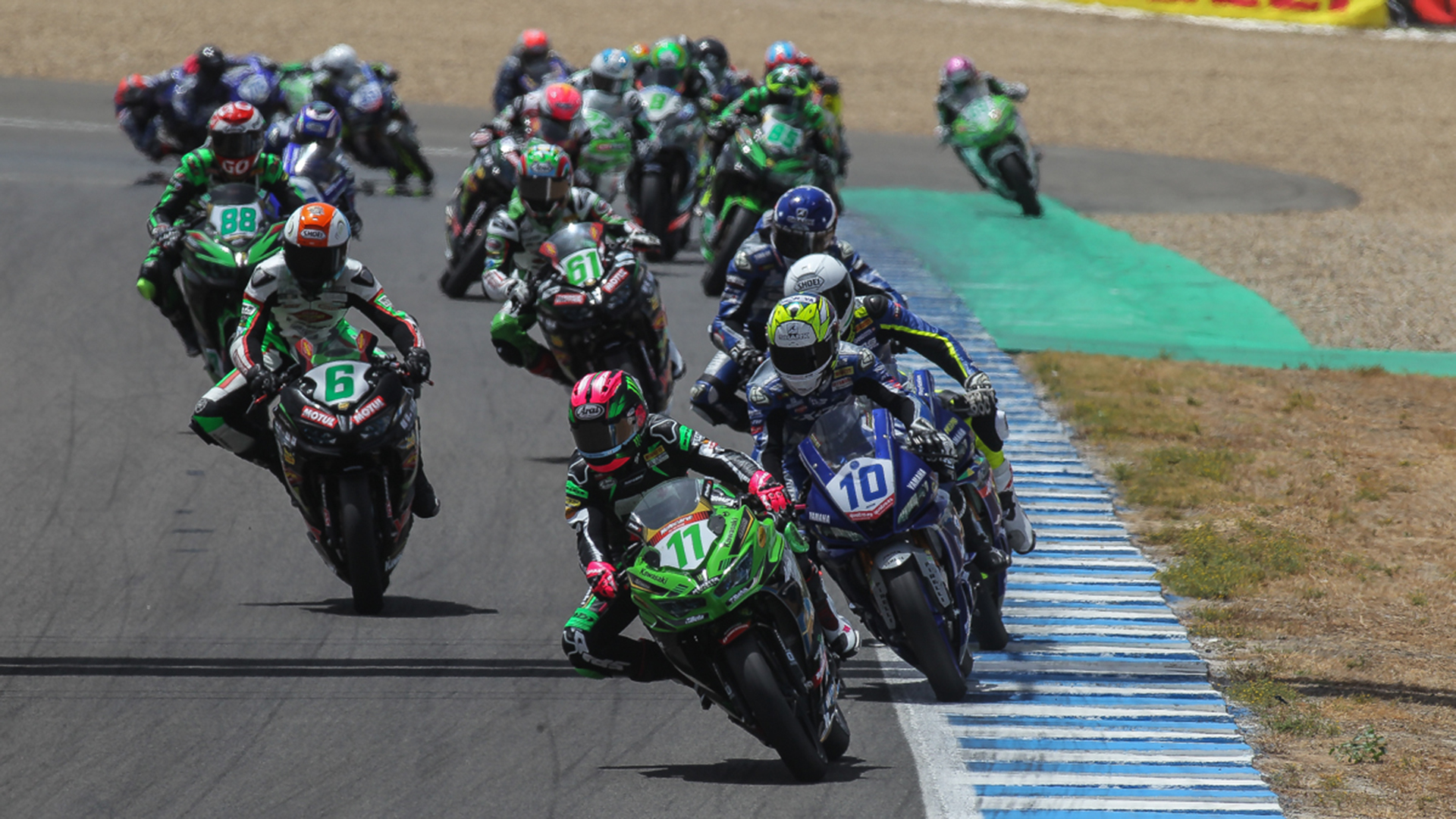
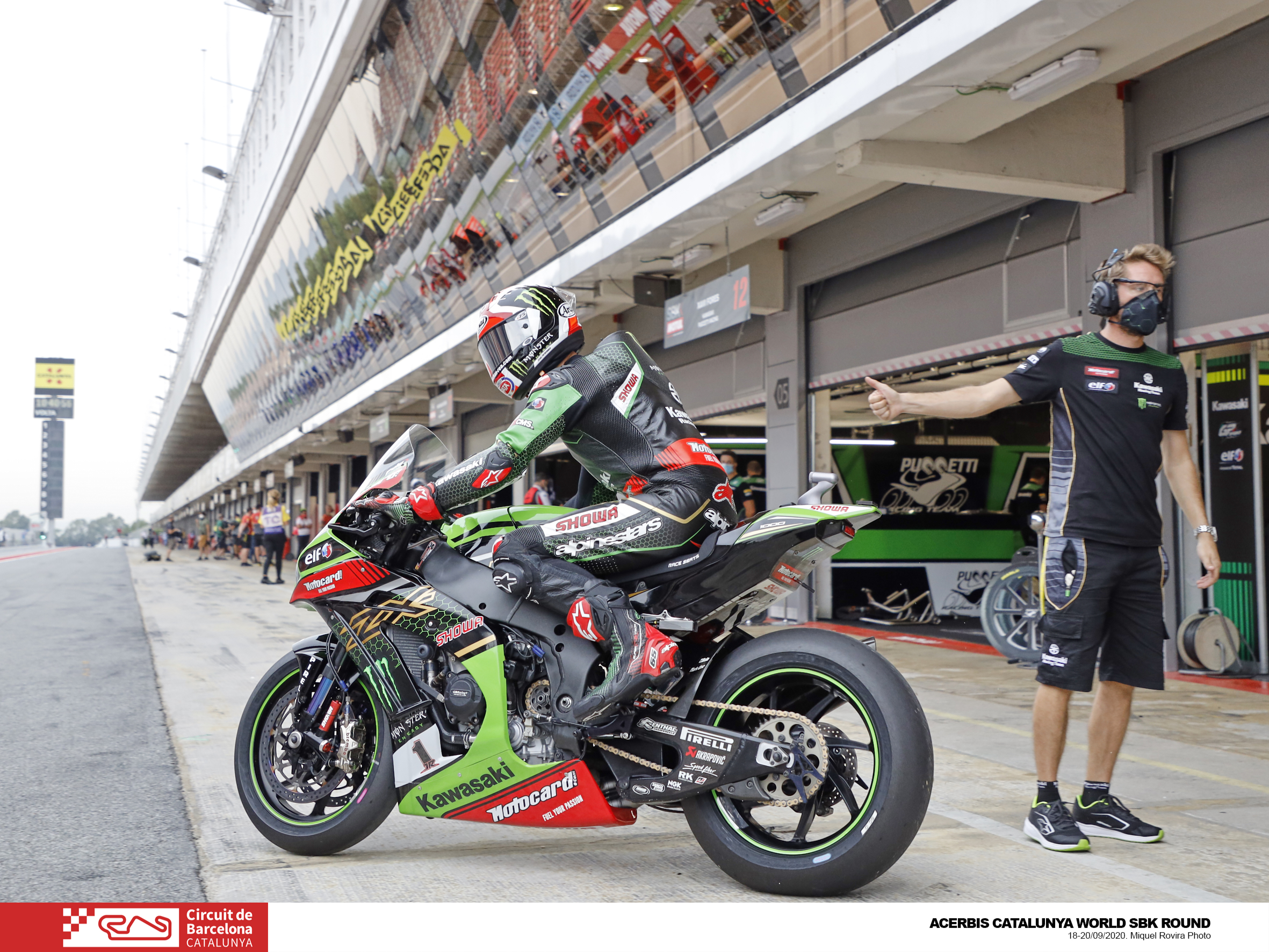
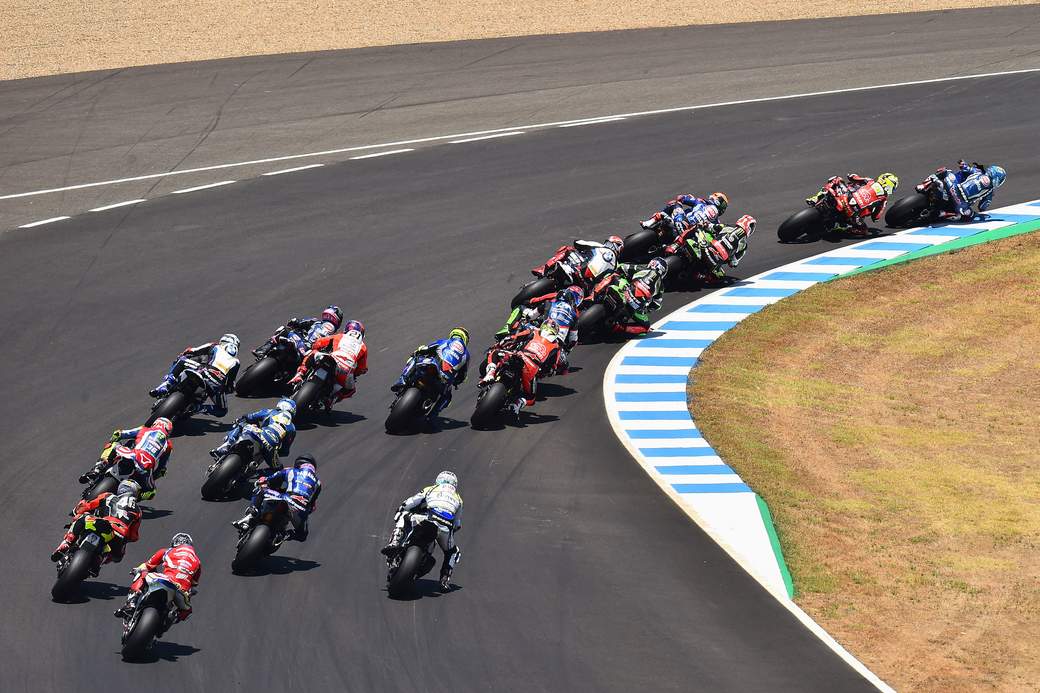

No Comment